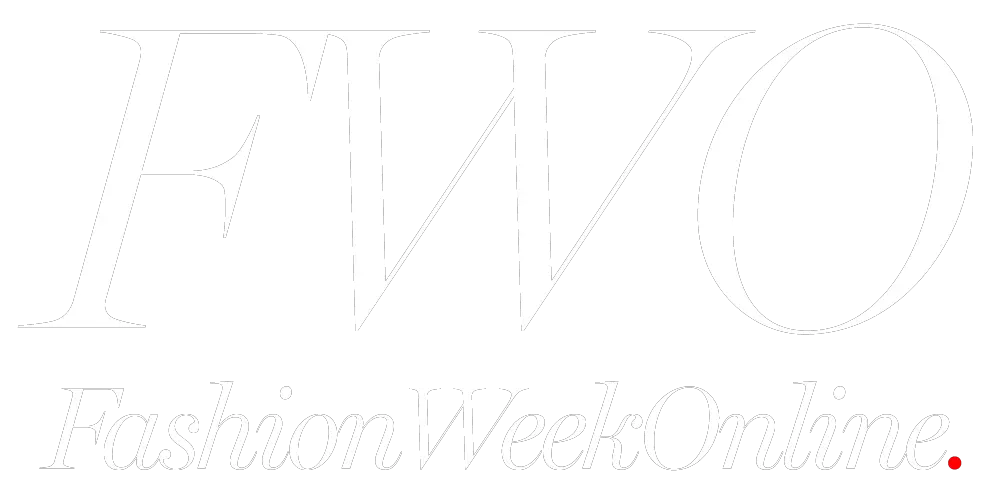Fashion is a high-stakes industry. While the world admires designers for their creativity, few recognize the financial expertise required to sustain a successful career in this field. Beyond artistic vision, designers must master money management to ensure their brands remain profitable, resilient, and adaptable to market shifts.
For aspiring entrepreneurs, fashion designers offer valuable lessons in budgeting, investing, and financial discipline. Whether you’re managing personal finances or running a business, understanding how the fashion industry navigates money can help you develop smarter financial habits.
The Art of Budgeting: Spending Wisely to Stay in Business
Fashion designers must juggle many expenses: fabric costs, production fees, marketing campaigns, and retail distribution. Without a clear budget, even the most talented designers risk financial failure.
Budgeting is the foundation of money management. Just like a designer allocates funds for materials and labor, individuals must create financial plans to cover essentials while setting aside money for future goals. Learning to track expenses, cut unnecessary costs, and invest in high-value opportunities is a skill that benefits everyone, not just those in the fashion world.
Prioritizing Investments
Top designers understand the importance of investing in quality materials and skilled craftsmanship. The same principle applies to personal finance—prioritizing expenses that offer long-term benefits ensures financial stability. Whether purchasing a home, furthering education, or saving for retirement, knowing where to allocate resources makes all the difference.
Diversifying Income Streams: Lessons from Fashion Brands
Successful fashion designers don’t rely on a single income source. They launch multiple revenue streams—clothing lines, accessories, fragrances, and even collaborations with other brands. This diversification protects them from financial downturns and expands their reach in the market.
Individuals can apply this strategy by diversifying their income sources. Side hustles, investments, and passive income opportunities create financial security. Just as a fashion house might launch a ready-to-wear collection alongside couture pieces, having multiple income sources ensures long-term financial growth.
Passive Income in the Fashion Industry
Many designers earn passive income through licensing deals, royalties, and brand partnerships. These financial arrangements allow them to generate revenue without active involvement in day-to-day operations. Adopting similar methods—such as investing in stocks, rental properties, or digital assets—can help individuals achieve financial independence.
Managing Credit: The Power of Financial Discipline
Fashion designers often work with investors, suppliers, and lenders, making credit management a crucial skill. Knowing how to use a card once for a major purchase and paying it off promptly can build a strong credit history without accumulating debt.
For individuals, responsible credit use is just as essential. Overspending on credit cards can lead to financial strain, but using them strategically—such as for planned expenses that can be paid off quickly—helps build a positive credit score. Understanding financial tools like credit and debit cards is crucial. What does a debit card look like?
It’s a simple plastic card linked directly to a bank account, allowing for direct spending without accumulating debt. Unlike credit cards, which can lead to overspending if misused, debit cards provide a way to manage finances without borrowing money.
Learning the difference between financial tools and using them wisely ensures long-term financial health. Designers must navigate these decisions daily, and so should anyone looking to improve their financial literacy.
Controlling Costs: The Importance of Lean Operations
The fashion industry is competitive, with designers constantly striving to maintain profitability. One way they achieve this is by keeping operations lean. Reducing unnecessary costs, negotiating better deals with suppliers, and finding cost-effective marketing strategies all help designers stay ahead.
The same approach applies to personal finance. Cutting non-essential expenses, seeking discounts, and making informed financial decisions can lead to significant savings. Just as a designer carefully selects materials to balance cost and quality, individuals should evaluate their spending habits to maximize value.
Smart Marketing on a Budget
Big fashion brands invest heavily in marketing, but many successful designers achieve success through strategic, low-cost promotion methods. Social media, collaborations, and influencer partnerships provide high visibility at a fraction of traditional marketing costs.
For individuals and small businesses, leveraging free or low-cost resources—such as social media and networking—can yield impressive results. Smart financial management means making the most of available resources without overspending.
The Role of Financial Planning: Thinking Long-Term
Fashion designers plan collections seasons in advance, anticipating trends and market demands. This forward-thinking approach extends to their financial strategies. They must forecast budgets, manage inventory efficiently, and ensure sustainable growth.
Individuals benefit from a similar mindset. Financial planning is about preparing for the future—whether it’s saving for a major purchase, planning for retirement, or creating an emergency fund. Thinking ahead prevents financial setbacks and ensures stability in unpredictable situations.
Emergency Funds and Risk Management
The fashion industry is unpredictable. Trends change, demand fluctuates, and economic downturns can impact sales. Designers who prepare for uncertainty through strategic savings and risk management survive challenging times.
Similarly, maintaining an emergency fund helps individuals navigate unexpected financial hurdles. Having three to six months’ worth of expenses saved provides security and peace of mind, much like a designer’s financial cushion during slow seasons.
Conclusion: The Intersection of Creativity and Financial Savvy
While fashion is synonymous with artistry and innovation, the business side of the industry is just as crucial. Designers who succeed are not just creative—they are strategic, financially disciplined, and forward-thinking.
By adopting these financial principles—budgeting wisely, diversifying income, managing credit, controlling costs, and planning for the future—anyone can improve their financial health. The lessons from the fashion world extend far beyond the runway, offering valuable insights into money management that apply to everyday life.
##




